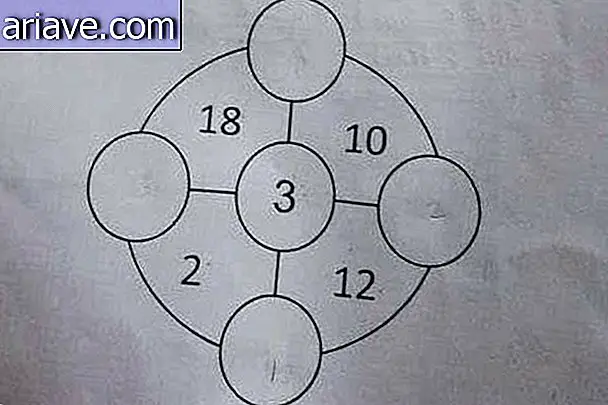9,500-year-old bones and signs of cannibalism are found in Brazil
Unfortunately, it is not very often that we come across intriguing news about discoveries related to the people who occupied our country for thousands of years. However, according to Rossella Lorenzi of the Seeker portal, a group of archaeologists found evidence that the ancient inhabitants of a region that today corresponds to the municipality of Matosinhos, Minas Gerais, practiced half-macabre funerary rituals.
According to Rossella, more precisely, scientists - who are part of an international team - found in 9, 500-year-old bones found in the Lapa do Santo cave signs that the peoples they occupied performed complex rituals involving mutilation, removal of teeth and muscles and possibly even cannibalism of their dead.
Macabre Ceremony
According to archaeologists, between 10, 000 and 10, 600 years ago, the cave of Lapa dos Santos was used for burial of the dead. However, between 9, 400 and 9, 600 years ago, corpses began to be manipulated and ceremonies became more intricate. The scientists analyzed 26 bones and found evidence that the bodies had their teeth removed and were mutilated, cracked, set on fire and apparently devoured.

Scientists have discovered, for example, a buried head with a pair of amputated hands, as well as a body that had all its teeth purposely pulled out. In addition, they also found a skull that was used as a burial vessel - as broken and burned bones from that same individual were found inside.

Among the evidence identified in the bones, archaeologists have found cut marks, signs of fire exposure and traces of bites. According to the scientists, the analysis showed that there are indications that tissues - such as muscles - were "baked", reinforcing the assumption that rituals may have involved cannibalism.
Interestingly, the researchers found another body in the cave, buried between 8, 200 and 8, 600 years ago, which does not show the same signs of manipulation, indicating a change in behavior in community members.

Archaeologists were extremely surprised by the findings, as it was believed that the ancient hunter-gatherer communities that occupied South America were regarded as extremely simple and homogeneous. However, analysis of bones revealed the opposite, namely that these peoples were surprisingly complex and diverse.











